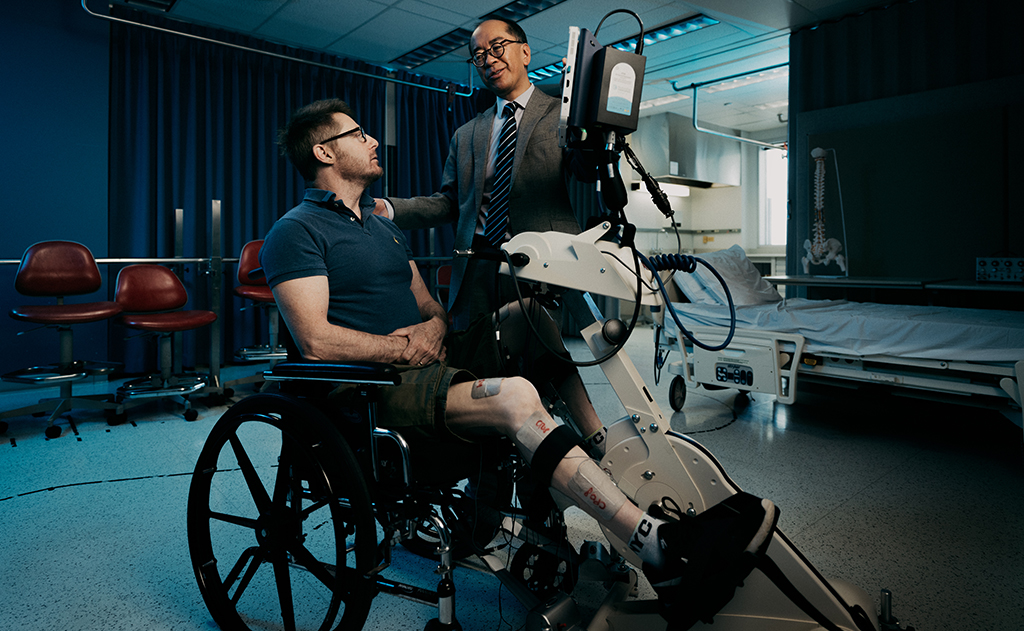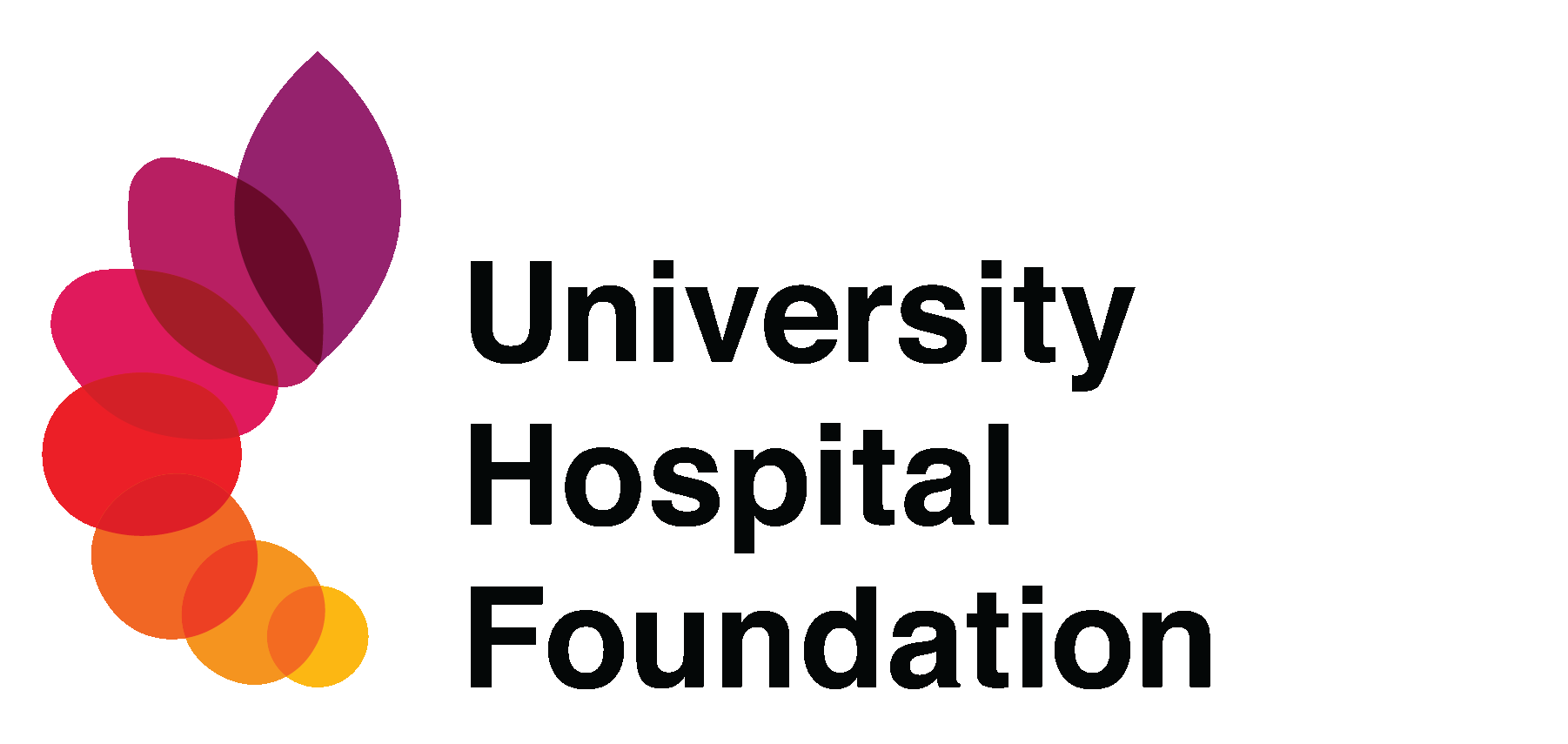- 1-833-448-3843 Make a call.
- info@givetouhf.ca Drop us an email.
- We are located in Edmonton, Alberta
Igniting change for World Spine Day
October 16 is recognized internationally as World Spine Day, a day to bring attention to the leading cause of disability world-wide – spinal disability. In Canada, approximately 1,800 individuals experience spinal cord injuries (SCI) each year and neurological illness and injuries are a leading cause of disability in Alberta.
For many, hearing about spinal cord injuries comes with a perception of loss and unimaginable challenge but not for the incredible researchers at the University of Alberta Hospital, or for the donors to the University Hospital Foundation (UHF). These health challenges spark hope, purpose and the innovation needed to ignite new discoveries in health.
That’s why this World Spine Day, we want to highlight some of the amazing work underway at the University of Alberta Hospital, all thanks to the power of UHF donor generosity.
The S.M.A.R.T. Network
A team led by Dr. Vivian Mushahwar at the University of Alberta is working to return ability to SCI patients. A professor and the Director of the Sensory Motor Adaptive Rehabilitation Technology (S.M.A.R.T.) network, Dr. Mushahwar is leading a research team at the University of Alberta trying to do something once thought to be impossible – restore the ability to walk for patients with spinal cord injuries. Currently, 50% of SCI patients never recover their ability to walk, and for those who lost most or all motor functions, the likelihood of obesity, diabetes and cardiovascular disease are increased.
Through intraspinal microstimulation (ISMS) treatment, implanting fine micro implants inside the spinal cord of a patient, the spinal cord’s walking-related networks can be stimulated. Restoring a patient’s ability to walk results in better health, more independent living, and a longer life expectancy.
While there is still work to be done, Dr. Mushahwar’s team is preparing micro-implantation for first-in-human testing in patients with complete spinal cord injuries. This amazing progress is only possible because of the unwavering vision and support of donors to the UHF.
Bringing treatment to neurological patients, faster
 With neurological illness and injuries, the sooner a patient can begin rehabilitation, the better. Unfortunately, getting that critical care can be challenging. It can take neurologic patients nearly a month to be transferred to an inpatient rehabilitation facility at the University of Alberta Hospital, but not for much longer – not if AHS Senior Medical Director for Neurosciences, Dr. Chester Ho and donors to the University Hospital Foundation have a say in that.
With neurological illness and injuries, the sooner a patient can begin rehabilitation, the better. Unfortunately, getting that critical care can be challenging. It can take neurologic patients nearly a month to be transferred to an inpatient rehabilitation facility at the University of Alberta Hospital, but not for much longer – not if AHS Senior Medical Director for Neurosciences, Dr. Chester Ho and donors to the University Hospital Foundation have a say in that.
The 2022 Festival of Trees cause is neurological rehabilitation, more specifically, helping to fund a new Neuro Rehabilitation Innovation Centre at the University of Alberta Hospital. This state-of-the-art centre will offer advanced rehabilitation technology for patients with brain and spinal cord injuries, creating a positive impact on patient care and experience. It will also bring patients, clinicians and researchers together, opening up opportunities for interactions that help further research and positive patient outcomes.
In the November 2022 Virtual Expedition, Dr. Ho will talk about what a new neuro rehabilitation centre will mean to patients here in Alberta, and around the world.
